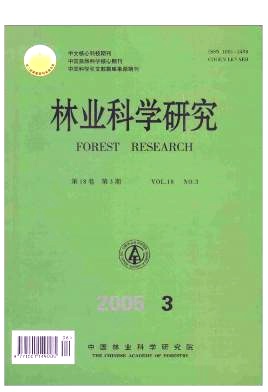Two Newly Described Polypores on Populus in Northeast China
- Received Date: 2005-02-04
Abstract: Two newly described polypores, Antrodia leucaena and Spongipellis sibirica (Penzina Ryvarden) Penzina Kotir., were reported from Northeast China. Both species are growth species of Populus. An illustrated description of the two polypores was given in detail based on our the specimen from China. Antrodia leucaena is characterized by resupinate to effusedreflexed basidiocarps, a dimitic hyphal structure with clamp connections on generative hyphae, cylindric basidiospores, and by causing a brown rot. It is found only in northeast China so far. Antrodia leucaena is similar to Antrodia pulvinasce and Antrodia macra (Sommerf.) Niemel, the latter two species occur on Populus as well. However, both species produce resupinate basidiocarps, and neither cystidioles nor crystals present in both species. In addition, A. pulvinascens has ellipsoid basidiospores, and Antrodia macra has large pores and,big basidiospores. Spongipellis sibirica is characterized by pileate, soft and watery basidiocarps, a monomitic hyphal structure with clamp connections on generative hyphae, broad ellipsoid, and by causing a white rot. It is growth on living trees of poplar, and is found in northeast China and Siberia of Russia. Spongipellis sibirica resembles Spongipellis spumea (Sowerby:Fr.) Pat., but the latter species has distinctly big basidiospores.





 DownLoad:
DownLoad: